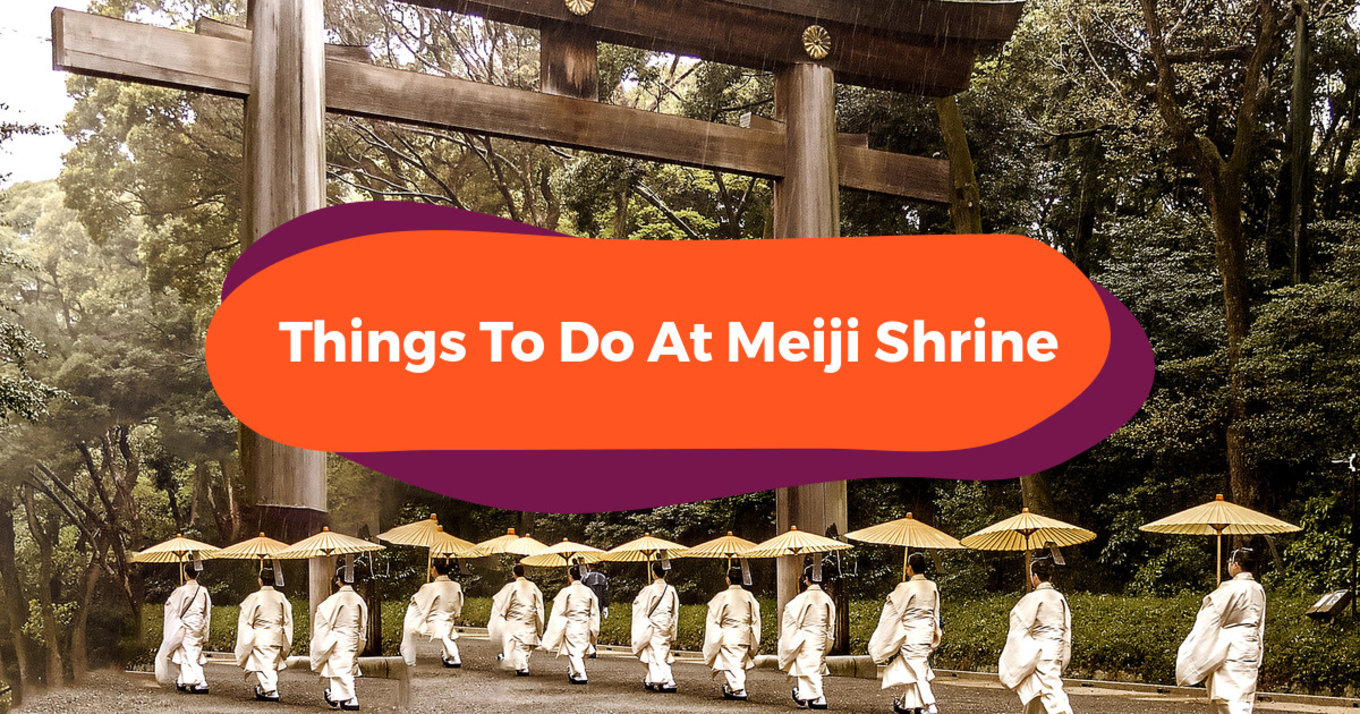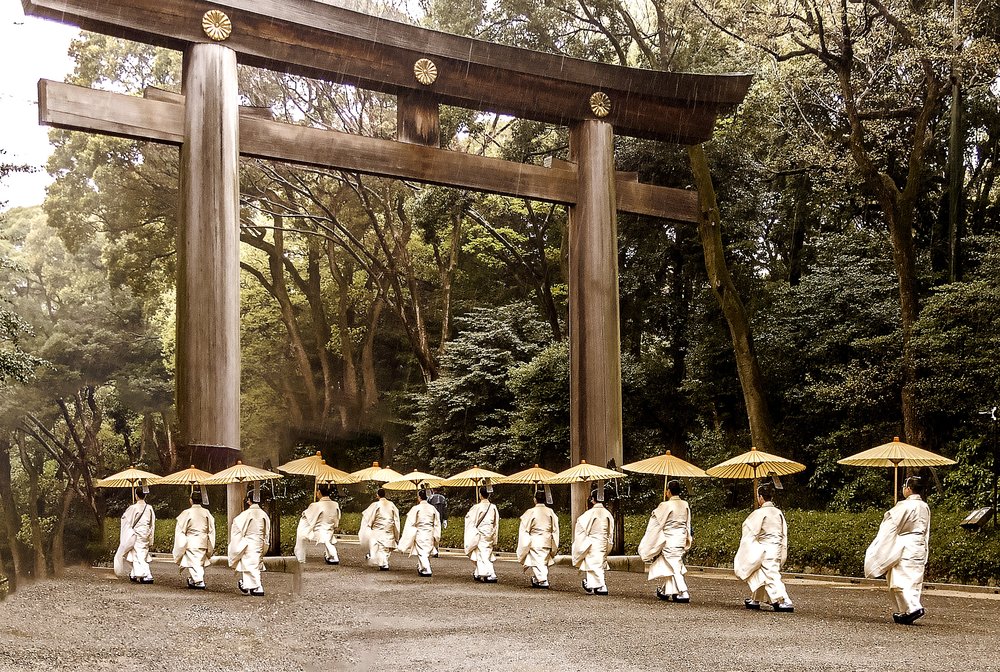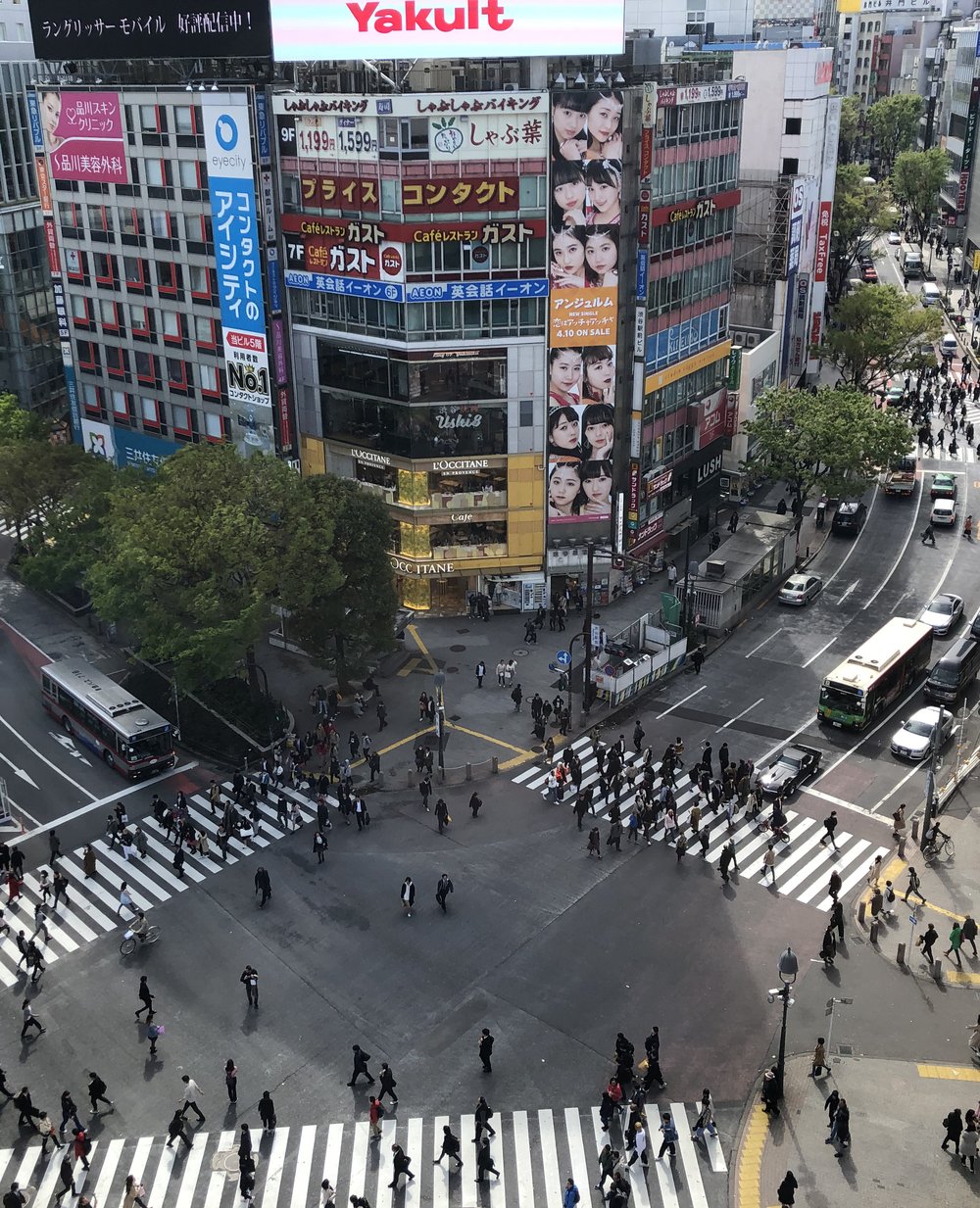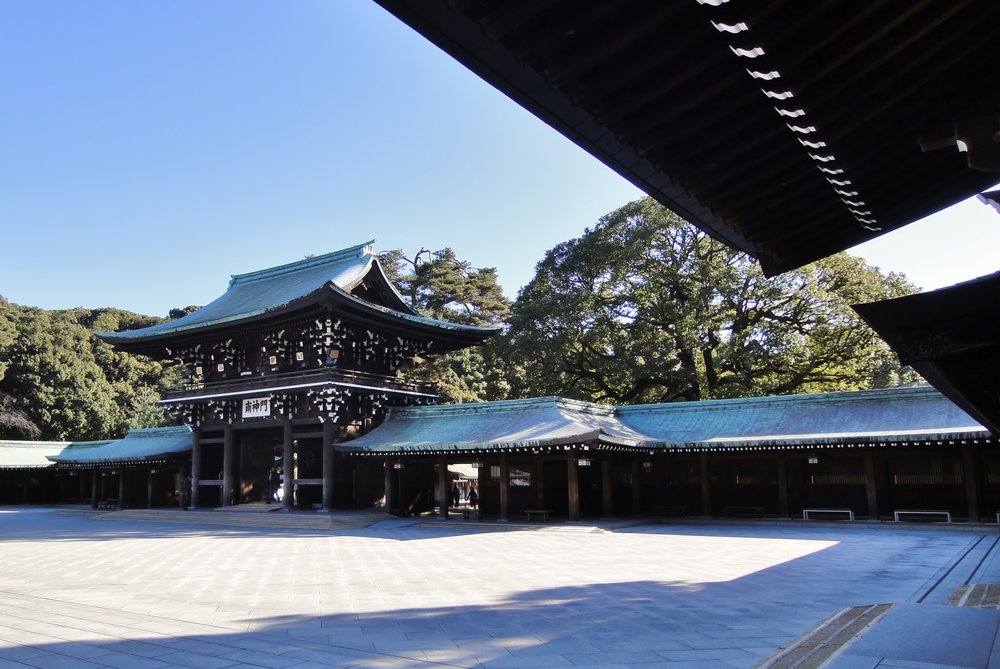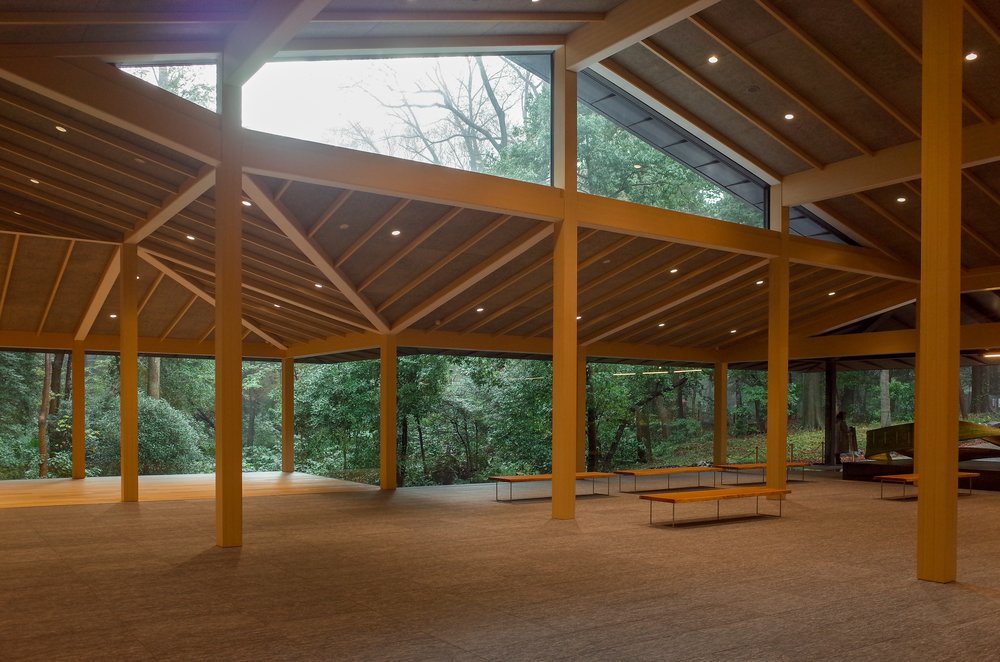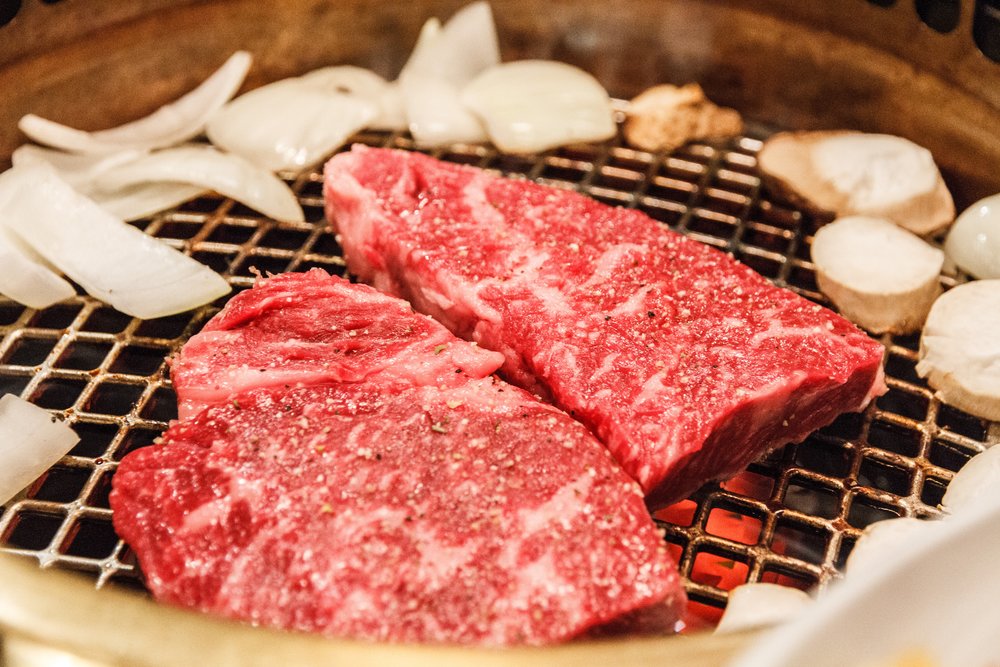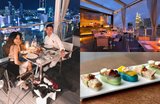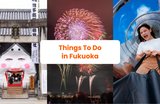Where Wildlife Meets Worship
There's no better place than the Meiji Shrine to experience nature and human designs in harmony. Leafy forests surround the impressive structures dedicated to the spirits of Emperor Meiji and his wife, Empress Shōken. With loads to see and do around this garden-filled complex, it should be on every Tokyo visitor's bucket list.
Rise and Shrine: Your Intro to the Meiji Shrine
The Basics:
The Meiji Shrine is a historical gem in a contemporary setting. After Emperor Meiji's death in 1912, the iris garden he visited frequently was chosen as the location for his memorial. Constructing the shrine was a national effort, with youth and community groups pitching in to complete the project in 1921. This effort was repeated in 1958 to restore the complex after it was bombed during World War II.
Today, the Meiji Shrine is the favourite spot among Japanese locals for hatsumōde, the first act of worship in the New Year. If you visit during this time, prepare to jostle for praying space among huge crowds that can swell to 3 million.
Opening Information:
- Shrine open daily from sunrise to sunset
- Gardens open daily from 9 am to 4 pm (winter) or 4:30 (summer)
- Museum open Friday to Wednesday from 10 am to 4:30 pm
Getting to the Meiji Shrine
The Meiji Shrine's in Shibuya, Tokyo, so you can get there using a convenient JR Pass – that's a special travel pass designed for foreign visitors to Japan. The train will bring you to Harajuku Station via the JR Yamanote Line in roughly 30 minutes from Tokyo city centre. Alternatively, take advantage of comfortable and convenient bus travel on a bus day tour of Tokyo's best attractions. Either way, Klook has you covered when it comes to how to get to the Meiji Shrine.
Having undergone a major facelift in recent years, the Shibuya district is now an uber-cool stomping ground for Japan's youth. You'll find loads of shopping and entertainment outlets here, such as the VR Park Tokyo Experience and the Hedgehog Home and Café – Klook your tickets for some Shibuya-based fun before you head on to the shrine.
Navigating the Meiji Shrine
As you walk the path from Harajuku Station, Shibuya's hustle and bustle will slowly be replaced by the sounds of the forest. Made up of 120,000 trees of 365 different species, this woodland was donated by regions from around Japan during the time of the shrine's construction. At the mouth of the complex is the grand torii gate, traditionally placed before a shrine to mark the transition from the everyday into the sacred. Show your respect by bowing once as you enter, then again when you leave.
Keep your camera ready as you stroll around the complex – constructed from traditional Japanese materials, the place is postcard-picturesque. You'll find the central shrine, named the Honden; the Noritoden for reading Shinto liturgy aloud; the inner and outer shrine halls, Naihaiden and Gehaiden; the Shinko treasure house; and Shinsenjo, a consecrated kitchen used for preparing food offerings.
The Inner Garden is the same one that delighted Emperor Meiji and his wife over a hundred years ago. It's much older than that, though – it was first created in the early Edo Period of the 17th century. Over 1,000 irises of around 150 species bloom from May to late June every year – a spectacle watched over by giant Japanese maple trees. It's easy to see why so many people find a trip here soothing for the soul!
Soak Up Some History at the Museum
Close to the entrance is the new Meiji Jingu Museum, which opened in 2019 to mark the 100th anniversary of the Meiji Shrine's founding. The architect, Kuma Kengo, carefully used minimalist wood and glass designs to make the building blend seamlessly into the surrounding forest. In an impressive show of sustainability, the trees that were cut down during the museum’s construction were reused for both the building itself and to make the furniture housed inside.
Wander through the exhibitions, which provide insights into the Meiji complex's history as well as the long-living culture that supports it. You'll learn about Shinto, Japan's oldest religion and find out about the festivals, shrines and rituals central to this sacred spiritual practice. Don't miss the ornate red and black carriage used by Emperor Meiji on the day he signed the Japanese constitution.
If you're inspired by the museum to experience the Shinto way of life, check out the activities taking place around the complex. You can take part in traditional rituals like making offerings, saying a prayer, writing your wishes on an amulet, using a protective charm or discovering your fortune.
Feast Like an Emperor in Shibuya
After you've had your fill of the shrine, Shibuya has plenty of options for satisfying a royal appetite. Klook a queue-jumping pass for Wagyu BBQ and taste cuts of beef fit for a king at Gyumaru, a favourite with locals. Or, try some traditional shabu shabu (Japanese hot pot) at Tsukinoyume, where fresh-caught seafood and sashimi shine on the traditional menu. You can also tuck into local delicacies at izakaya-style Hananotei, where the star dish is spicy chicken with cheese.
As for hitting the town, why not sample Japan's national tipple with an All You Can Drink Sake night in Shibuya? There are hundreds of different types of this alcoholic beverage made from fermented rice, but don't sweat – the expert staff will guide you through the range on offer. If you have a sweeter tooth when it comes to drinks, an All You Can Drink Plum Wine experience can make you a connoisseur. Whichever you choose, make sure to raise a glass to Emperor Meiji!
Meiji and More
With so much to do – and eat! – the Meiji Shrine is good for the soul and the stomach. Discover more around the area via Klook's dedicated Tokyo Highlights page.

